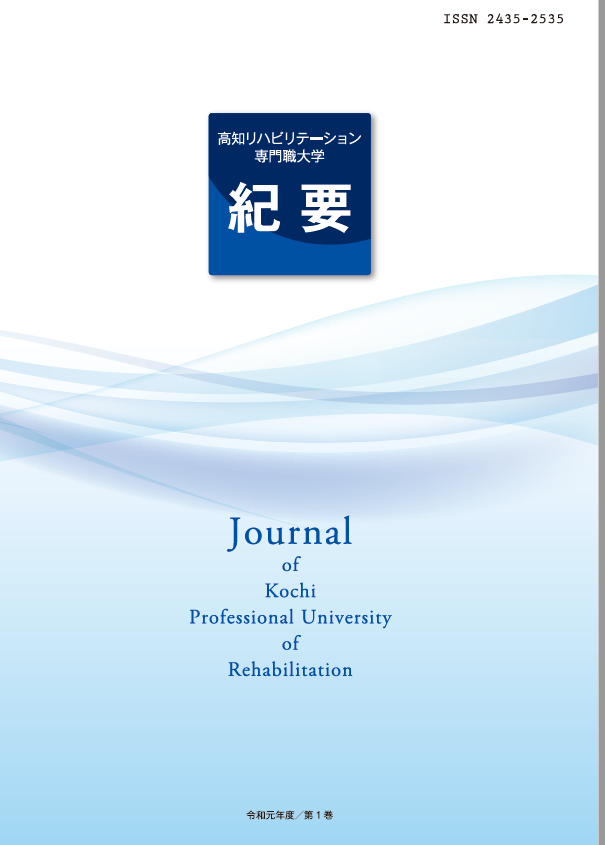Current issue
Displaying 1-9 of 9 articles from this issue
- |<
- <
- 1
- >
- >|
-
2023Volume 4 Pages 1-10
Published: March 31, 2023
Released on J-STAGE: February 20, 2025
Download PDF (975K) -
2023Volume 4 Pages 11-18
Published: March 31, 2023
Released on J-STAGE: February 08, 2025
Download PDF (1711K) -
2023Volume 4 Pages 19-22
Published: March 30, 2023
Released on J-STAGE: March 31, 2023
Download PDF (398K) -
2023Volume 4 Pages 23-26
Published: 2023
Released on J-STAGE: October 21, 2023
Download PDF (959K) -
2023Volume 4 Pages 27-30
Published: March 31, 2023
Released on J-STAGE: February 06, 2025
Download PDF (499K) -
2023Volume 4 Pages 31-35
Published: March 31, 2023
Released on J-STAGE: February 06, 2025
Download PDF (1050K) -
2023Volume 4 Pages 37-40
Published: March 31, 2023
Released on J-STAGE: February 07, 2025
Download PDF (558K) -
2023Volume 4 Pages 41-44
Published: March 31, 2023
Released on J-STAGE: February 06, 2025
Download PDF (800K) -
2023Volume 4 Pages 49-51
Published: March 31, 2023
Released on J-STAGE: February 07, 2025
Download PDF (657K)
- |<
- <
- 1
- >
- >|
